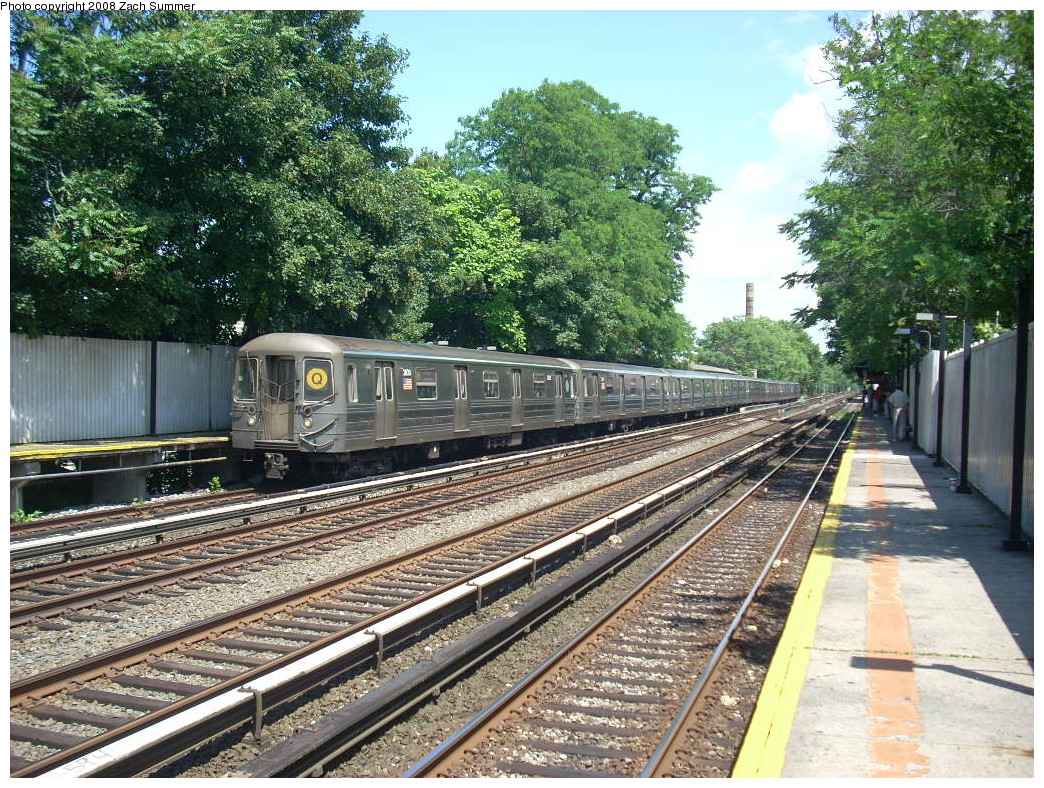
research project
_________________________________________________________________________
Q Subway Line Avenue M station

The line carries the B and Q trains on the right-of-way of the Brooklyn,
Flatbush & Coney Island Railroad, a surface steam railroad that
began operation in 1878, connecting Prospect Park to the Hotel
Brighton on the Brighton Beach waterfront near Coney Island Avenue.
In 1887, it got a new name: the Brooklyn & Brighton Beach Railroad.
In its early years, the line ran through farms and fields.
In other words, in 22 years a seasonal resort railroad that traversed
the countryside became an integral part of the regional commuter
rail network as subdivision after subdivision swept away the farms
of Flatbush, and then the racetracks and resorts of Gravesend.
Avenue M is a station on the BMT Brighton Line of the New York City
Subway. Served by the Q train at all times, it is located in Midwood,
Brooklyn, at Avenue M between East 15th and East 16th Streets.
When it opened, the station was known as Elm Avenue.
1976: M trains replace QJ trains as Brighton Local.
1988: D trains become Brighton Local; Q trains become
weekday Brighton Express.
2001: Due to Manhattan Bridge work, two Q services are operated
via Broadway and south side
of bridge; yellow-circle Q local,
yellow-diamond Q express,
both terminating in Manhattan at 57th
St.
2004: Manhattan Bridge reopens, services operated are yellow-circle
Q local via bridge-Broadway
express and orange circle B
express via bridge and 6th
Avenue express.
The rail lines south of Avenue H were raised above grade.
Just west of the station, at Avenue M and East 14th Street,
is the former location of American Vitagraph, a prolific movie studio
that produced silent movies from the turn of the 20th century until
1925, when it was purchased by Warner Brothers. A smokestack
bearing "Vitagraph Co." may still be seen from the station. Just east
of
the station by the corner East 17th Street is a 7-Eleven.
This station is frequently used by students of Edward R. Murrow High
School, located just to the northeast.
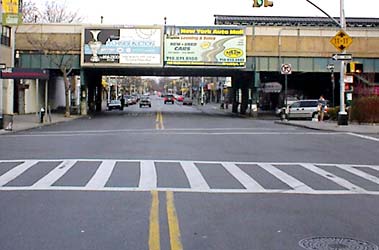
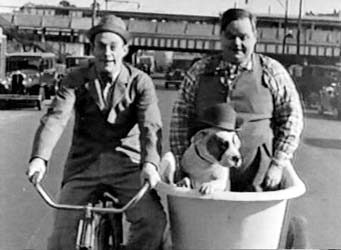
At East 15th Street, foreground, Elm Avenue meets Avenue M as the
Brighton Line (the BMT Q train, in the past and future the D train), looms
in the background. Elm, a part of the original South Greenfield plan, is
the oldest street in the picture. This triangle was formerly known as
Dorman Square, but this name has fallen out of favor in recent
decades.
South Greenfield had the distinction of being the heart of the motion
picture industry in the days of the silent screen. Vitagraph Studios
moved here in 1906 from lower Manhattan, where it was founded in
the late 1890s; Cecil DeMille, Rudy Valentino, Moe Howard, and Leon
Trotsky (who spent time in NYC in 1917 after being ousted from Spain
for fomenting revolution there; failing as an actor, he soon started
fomenting anew) made films here. When the studios arrived in 1906,
Midwood was still indeed in the middle of the woods and was
considered ideal for outdoor shoots.
This imposing building at Avenue M and East 14th Street is windowless
because it contains mechanically-lit sound stages. One of the 1980s'
most popular TV shows, The Cosby Show, was taped here between
1984 and 1992 (although "Dr. Huxtable" 's brownstone exterior was
shot
on St. Lukes Place in Greenwich Village). Today it continues to
facilitate the TV and movie business; the long-running soaper Another
World has also called it home.
Countless TV shows have been filmed and taped in this building since
1952. The building supplanted the old Vitagraph Studio building
(see story at left).
Avenue M: boards are rotted; one had a hole around a bolt holding it
in place.
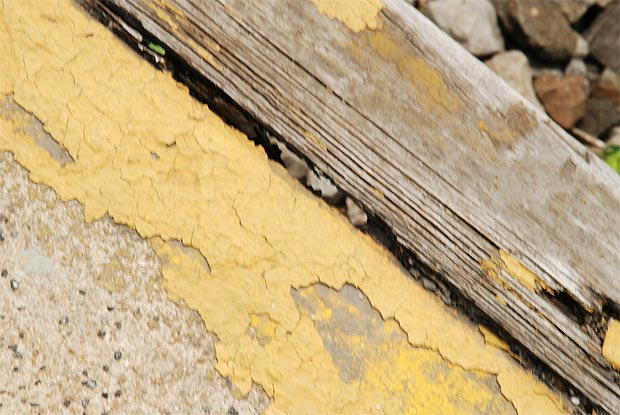
Arthur Miller “Escape”
“No longer with a car and driver to get him there he had to find his
own way, which meant walking a couple of blocks past empty lots
and a cemetery to the Avenue M station. There he climbed to flights
to the elevated platform, where he caught the Culver Line of the
Brooklyn Manhattan Transit, or BMT, subway. Izzy took the clacketing
wooden train with it’s straw seats for the forty-minute ride to Thirty-
fourth Street in Manhattan’s garment center,…”
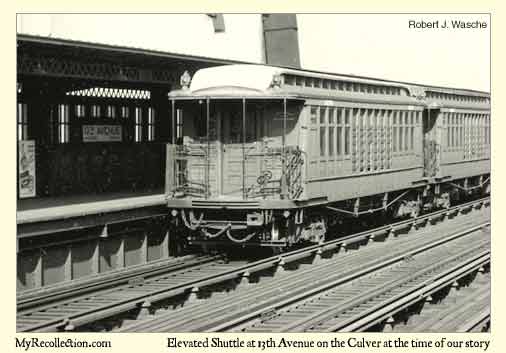
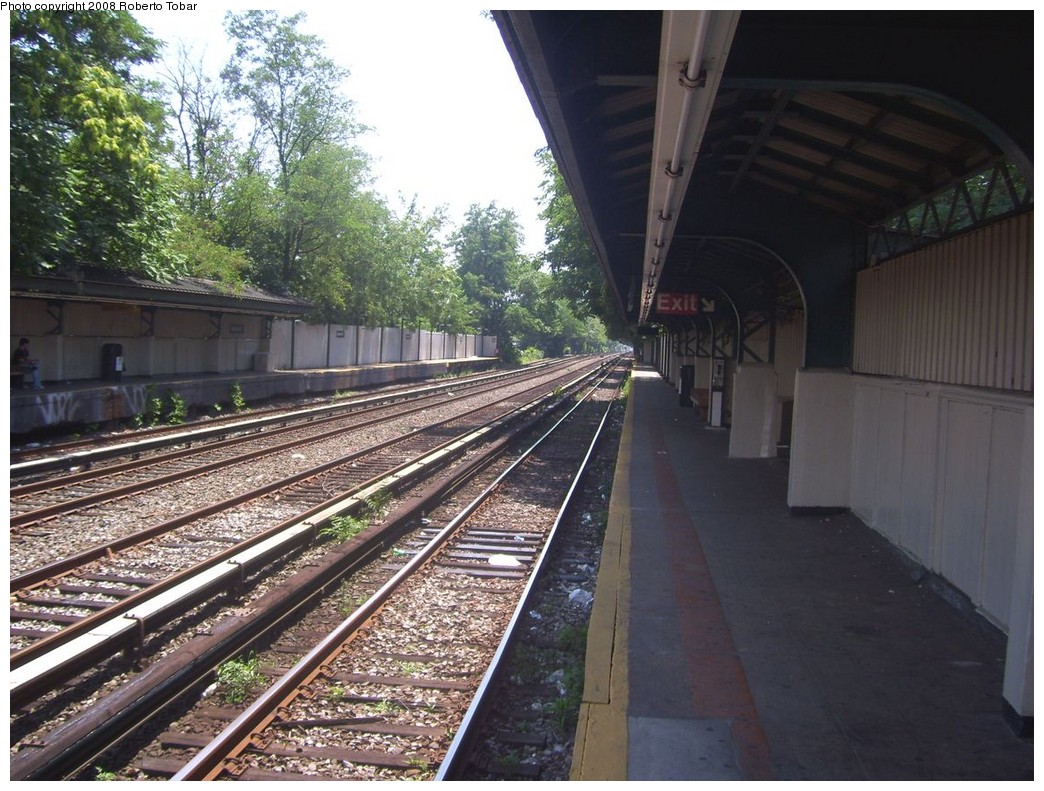
in 1928, A.Miller had a Bar mitzvah, a synagogue on Avenue M in
Brooklyn.
Bounded by Avenue L, East 17th and East 18th Streets, this parkland
honors the memory of three Midwood residents: Paul W. Kolbert
(1925-1945), Rachel Haber Cohen (1971-2000), and Rivka Greenberg
Trencher (1952-1991). The park takes its name from Paul W. Kolbert,
a fallen World War Two soldier and hero. Born and raised in Midwood,
Kolbert lived at nearby 1325 East 18th Street with his father Joseph, his
mother Rose, and his brother Melvin.
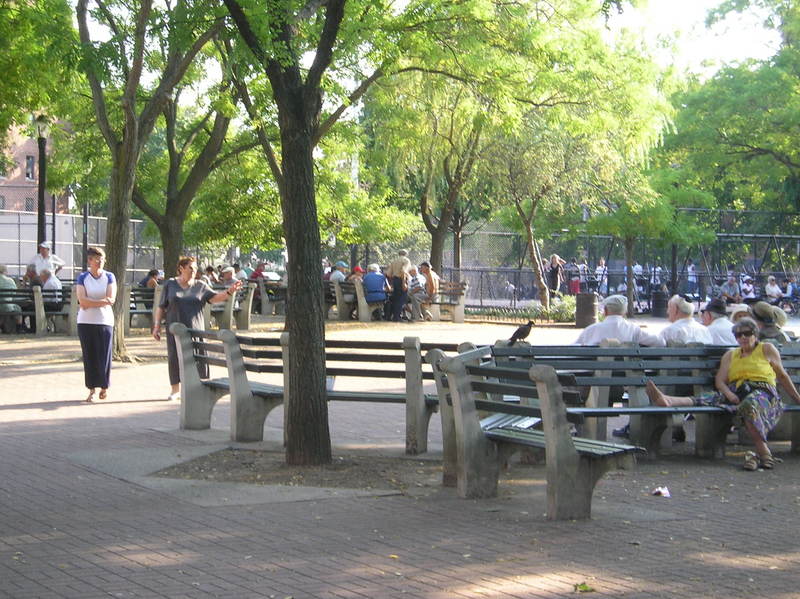
Avenue M Avenue M between East 15th and 16th Streets) opened
8/23/1907 Same setup at Avenue M, there is a closed staircase at
S/B side, across the street from the active street level mezzanine.
The prominence of this station in any photograph to identify is a
smokestack to the north of the station and on the Coney Island
bound side. Edward R. Murrow high school is on the opposite side of
the smokestack. The platform extensions are on the north side and
the Manhattan bound platform appears to be slightly narrower than
the Coney Island bound platform.
A pervasive influence in the neighborhood is its large community
of Orthodox Jews, which the Midwood Development Corporation
estimates at about 50 percent of the area's population.
Along the commercial strips kosher pizza, kosher Chinese and even
kosher sushi outlets coexist with Dunkin' Donuts, Domino Pizza and
Carvel's. "They are vibrant shopping areas with so many people on
the streets it's hard to walk," said Mr. Markowitz.
Orthodox Jewish residents are the majority in Midwood, so city parking
regulations mandate that meters also rest on Saturday and work on
Sunday. Because of perceived pressure on all shop owners to close
by 3 p.m. Friday for Shabbos, there have been mutterings from the
non-Orthodox.
One-family homes, from the modest to the palatial, predominate on its
tree-lined residential streets, and well-maintained apartment buildings
rise along the avenues.
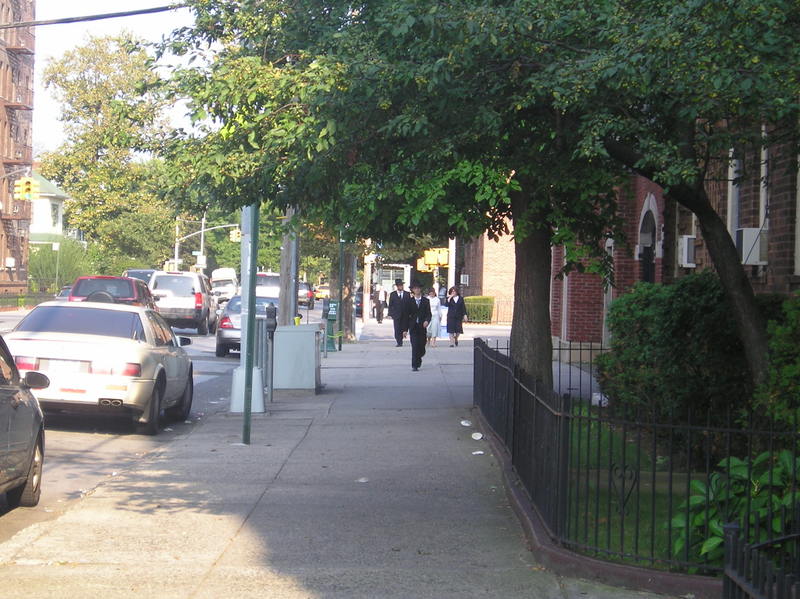
Woody Allen was born and raised in New York City to a Jewish family;
his grandparents were Yiddish and German-speaking immigrants.
His parents, Martin Kænigsberg (born on December 25, 1900 in New
York; died on January 13, 2001) and Nettea Cherrie (born in 1908 in
New York; died in January 2002), and his sister, Letty (born 1943), lived
in Flatbush, Brooklyn; his parents were both born and raised on the
Lower East Side of Manhattan. His mother worked as a bookkeeper at
her family's business. Allen spoke Yiddish during his early years and
attended Hebrew school for eight years, and then went to Public
School 99 and to Midwood High School.
Aronofsky was born in the Brooklyn borough of New York City to
Abraham "Abe" Aronofsky and Charlotte, both school teachers.
His father taught science and was a dean at Bushwick High School.
He graduated Edward R. Murrow High School early then backpacked
around the Middle East, Europe and Guatemala for six months.
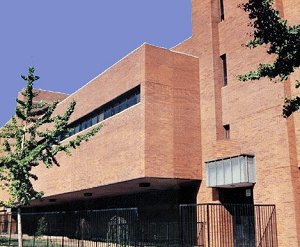
In the 1960s and the early 1970s, Nostrand Avenue between Avenues
M and N was considered one of New York's best streets for shopping
by New York magazine.[citation needed] The street was known for
fashionable boutiques such as "Edna Nelkin's Jewelry," America's finest
childrenswear boutique, "Greenstone's" (now located on both
Columbus and Madison Avenues in Manhattan), "Burton's," "Shirtland,"
and "The Shoe Box." As retailers retired, the street changed and
became known for its automobile showrooms, including Plaza Honda.
Vitagraph Studio in Brooklyn
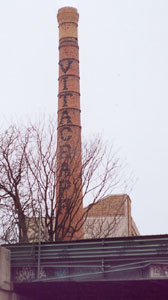
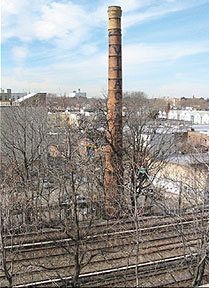
From Wikipedia, the free encyclopedia
James Stuart Blackton (January 5, 1875 - August 13, 1941), usually
known as J. Stuart Blackton, was an American film producer of the
Silent Era, the founder of Vitagraph Studios and among the first
filmmakers to use the techniques of stop-motion and drawn animation.
He is considered the father of American animation.
when he was sent to interview Thomas Edison about his new film
projector. The inventor talked the entrepreneurial reporter into buying
a set of films and a projector. A year later, Blackton and business
partner Smith founded the American Vitagraph Company in direct
competition with Edison.
From "Vitagraph Studio in Brooklyn Avenue M - Movie Capital of the
World?", Subway.com by Larry Fendrick
A remnant of the earliest days of film making still stands in Midwood
Brooklyn. The large smokestack with the words VITAGRAPH Co.
emblazoned on it, still stands tall in what was once farmland on
E. 14th. Street.
From about 1907 until 1925 silent movies were produced at the
Vitagraph studios, and later after being acquired by Warner Brothers,
talkie movies were produced there.
One of the interesting aspects of several of these films, was the fact
that some of the actual filming was done right on the local
neighborhood streets. Two films that made use of Avenue M as a
location were the 1932 "Hey Pop" starring Roscoe (Fatty) Arbuckle
and the 1933 Buzzin' Around, starring Fatty Arbuckle and Al St. John.
From NationMaster.com Encyclopedia
The inventor talked the entrepreneurial reporter into buying a set of
films and a projector. A year later, Blackton and business partner Smith
founded the American Vitagraph Company in direct competition with
Edison. A third partner, distributor William "Pop" Rock, was added
around the turn of the century. The company's first studio was located
on the rooftop of a building on Nassau Street in Manhattan.
Operations were later moved to the Midwood neighborhood of
Brooklyn, NY. The company's first claim to fame came from newsreels:
Vitagraph cameramen were on the scene to film events from the
Spanish-American War of 1898. These shorts were among the first works
of motion-picture propaganda, and a few had that most
characteristic fault of propaganda, studio re-enactments being
passed off as footage of actual events (The Battle of Santiago Bay
was filmed in an improvised bathtub, with the "smoke of battle"
provided by Mrs. Blackton's cigarette).
From "Vitagraph: The Big V on Avenue M" MoMa.org
Although the Vitagraph Company of America was founded in the
1890s, it wasn't until the company opened its massive studio in
Brooklyn in 1906 that the Big V became one of the major producers of
its era. Exactly one hundred years later the site still stands, housing
both an orthodox Jewish girls' school and a television production
facility.
From "MoMA Celebrates Vitagraph Studios Abroad in New York" By
Francis Morrone
On Avenue M and East 15th Street is a former movie studio that today
serves two very different uses: the Shulamith School for Girls and a
television production facility. The latter has been used for soap operas
like "Another World" and for prime-time hits like the "Cosby
Show."
The whole complex, once upon a time, was as important to the
nascent American movie industry as any complex in the country.
From "Film History Grows in Brooklyn Original Vitagraph Studio Enters
Its Second Century" by Kevin Lewis
Before the major studios of the sound era existed, there was actually
the giant Vitagraph Studio, which was built 100 years ago. It was the
veritable cradle of the film industry - roughly comparable to Henry
Ford's revolutionizing of the auto industry with the assembly line.
Its Flatbush, Brooklyn studio was the model and forerunner of the
studio system. Vitagraph was also at the forefront of the development
of sound after it was acquired by Warner Bros. in the mid- 1920s. Today,
the site marks the only place in the United States - and perhaps the
world - where editing has occurred continuously for a century.
From Vitagraph, "Three men and their 'baby' " by Tim Lussier
In 1910, Vitagraph sent their first permanent company to California.
According to Smith, the company had twenty or more directors
making films at Flatbush and one in California. "Ten years later, the
situation was reversed, and activity at Flatbush confined almost
entirely to laboratory work," he added.
In 1925, the estimated value of Vitagraph was $4.2 million with no
indebtedness. However, that same year, ready to retire after 29 years
at its helm, Smith reached an agreement with Warner Brothers to
purchase Vitagraph for $735,000 which was split equally between
Smith, Blackton and "Pop" Rock's son. Smith would continue, however,
as chairman of the board.
In his autobiography, Smith poignantly recalled the day the company
changed hands. "I remember that day in February, 1925. I shook
hands with Harry Warner. He walked out and there was a terrible
silence in the room, as if every living hope had gone with him and I
was left in a vast empty amphitheater swept clean of memories near
and dear."
go to: w w w . v y d a
v y . c o m
contact: vydavy
sindikat
_____________________________________________________________________________
-news- -projects-
-arch- -history-
- photos- -products-
- programming- -
info- -address book-